For the past few years, the big cities such as Beijing, Guangdong, Wuhan, Nanjing and Hangzhou have faced the similar embarrassment. The distortion of the officials’ performance concept and the urban planning defect has become the biggest “culprit” except the natural disaster.
The municipal system of each big city of China failed to “pass” in the rainstorm for several times, and what is the problem?
The urban water drainage system always has various problems. As the urban area is continuously expanding, but there is no good management system for the underground pipelines which are complex, every summer, the rainwater increases and is accumulated and is difficult to be discharged in the season
In July, 2017, the rainstorm in Beijing caused dozens of death, which drew the attention of all circles of China. Such tragedy was caused by the serious problem with the urban water drainage system. After this event, the Chinese Government gave the instructions for general survey of pipeline networks throughout the country, so as to keep records on various shortcomings and problems with the pipeline networks of the whole country to facilitate repair and maintenance.
Main objective: Urban water drainage pipelines.
Characteristics of urban water drainage pipelines:
1. The diameter is within φ300~φ2000 (the pipeline with the diameter greater than φ2000 is main pipeline, and people can enter it directly for detection.)
2. Characteristics in the pipeline: silt, running sand, accumulated water, greasy oil, the environment is harsh.
The pipeline detection can be divided as follows according to the tasks:
General survey
Emergency detection
Detection at completion acceptance and confirmation
Detection at handover confirmation
Detection of impact from other projects
Other detection
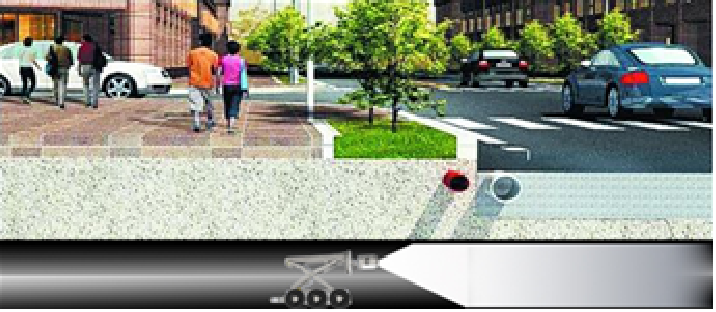
Necessity of pipeline detection: The basis for completion acceptance of new pipelines, for establishment of maintenance plan, and for establishment of rehabilitation plan, and the needs for the project of diversion of rain and sewage.
Main application fields of pipeline CCTV detection: The basis for general survey of municipal pipeline network, potential risk identification, pipeline maintenance, project construction acceptance, environmental protection, urban construction planning and investment.
In the practical application, the pipe crawler not only can quickly locate the fault in the pipeline, but also can be applied in pipeline detection, mine detection and exploring, tunnel acceptance, earthquake search and rescue, fire rescue, disaster relief, power patrol inspection, anti-terrorism explode eliminating, military reconnaissance, and operation in high-temperature, high-radiation, and toxic environment.
The Ministry of Housing and Urban-Rural Development of the People’s Republic of China published the industry standard of CJJ 181-2012 Technical Specification for Inspection and Evaluation of Urban Sewer on July 19, 2012, which was implemented as of December 1, 2012, and it puts forward the standardization requirements for the pipeline CCTV detection equipment’s functions and performance indexes, inspection operation steps and methods, on-site data acquisition record, defect judgment and processing of video data, evaluation and analysis of pipeline structural condition and functional condition, and compilation and output of achievement data.
Besides, there are also Shanghai municipal local standard of DB31/T 444-2009 Technical Specification for Inspection & Evaluation of Sewers with CCTV and Sonar, Guangdong provincial local standard of DB44/T 1025-2012 Technical Specification for Inspection and Evaluation of Urban Public Sewer and Technical Specification for Inspection & Evaluation of Municipal Drainage Pipelines with CCTV and Sonar of Shenzhen (tentative), and Beijing Drainage Group’s enterprise standard of Q/BDG JS001-GW05-2012 Function Grade Evaluation Standard for Municipal Sewers and Q/BDG JS002-GW05-2012 Function Grade Evaluation Standard for Municipal Sewers.
In the end of November, 2018, Chengdu Wenjiang District found potential hazards and damages in many places during the general survey for rain and sewage pipeline within the area under its jurisdiction, and requested us to assist with the detection and construction treatment.
1. For Binjiang Road, the roadside construction and underground water loss caused the road surface collapse. We need to find the scope of influence, and provide the solution.
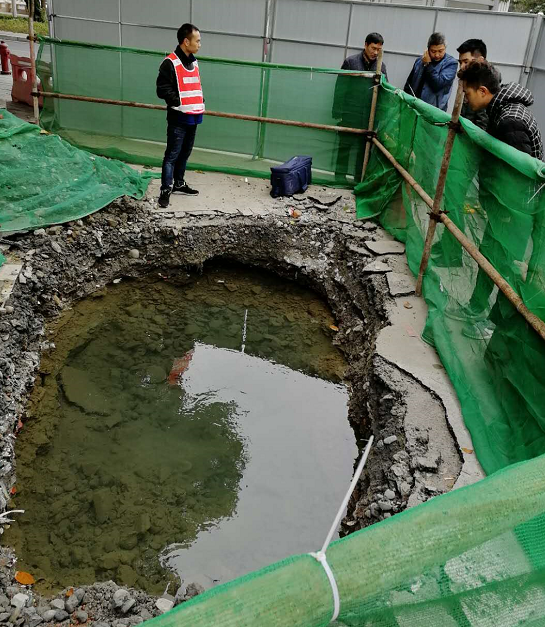
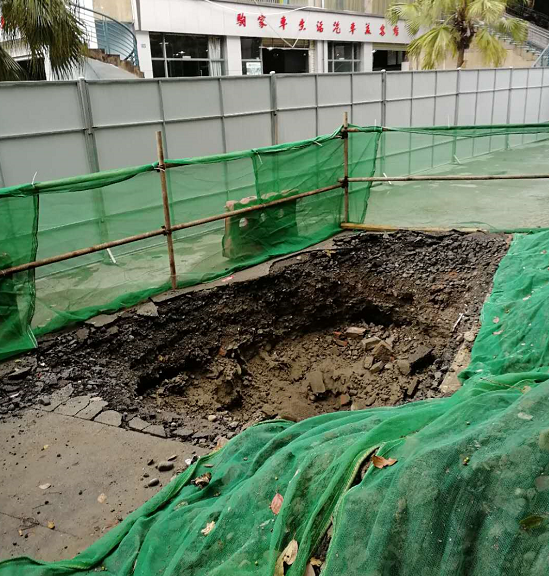 On-site Road Surface Collapse
Detect from the downstream of collapsing place
On-site Road Surface Collapse
Detect from the downstream of collapsing place
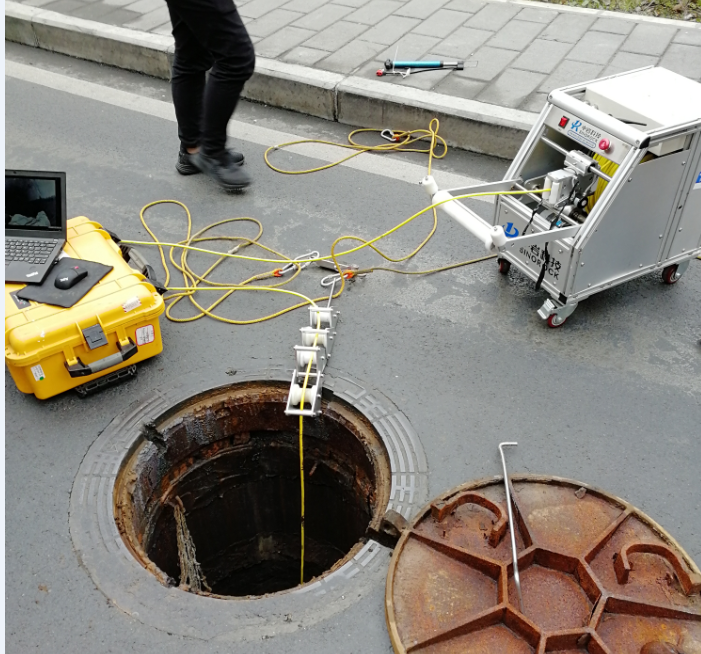
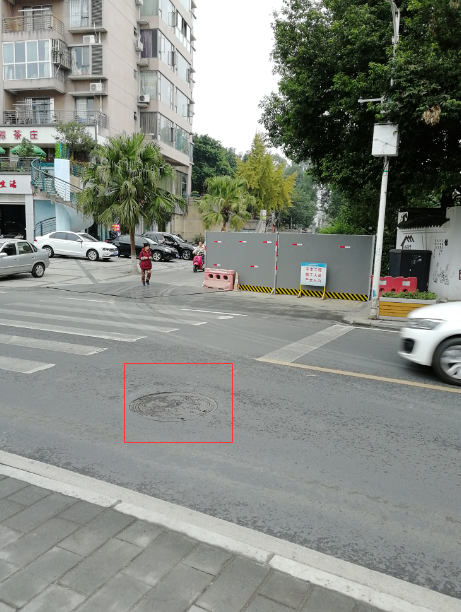 About 6m pipeline on the other side of the road collapses and is completely blocked.
About 6m pipeline on the other side of the road collapses and is completely blocked.
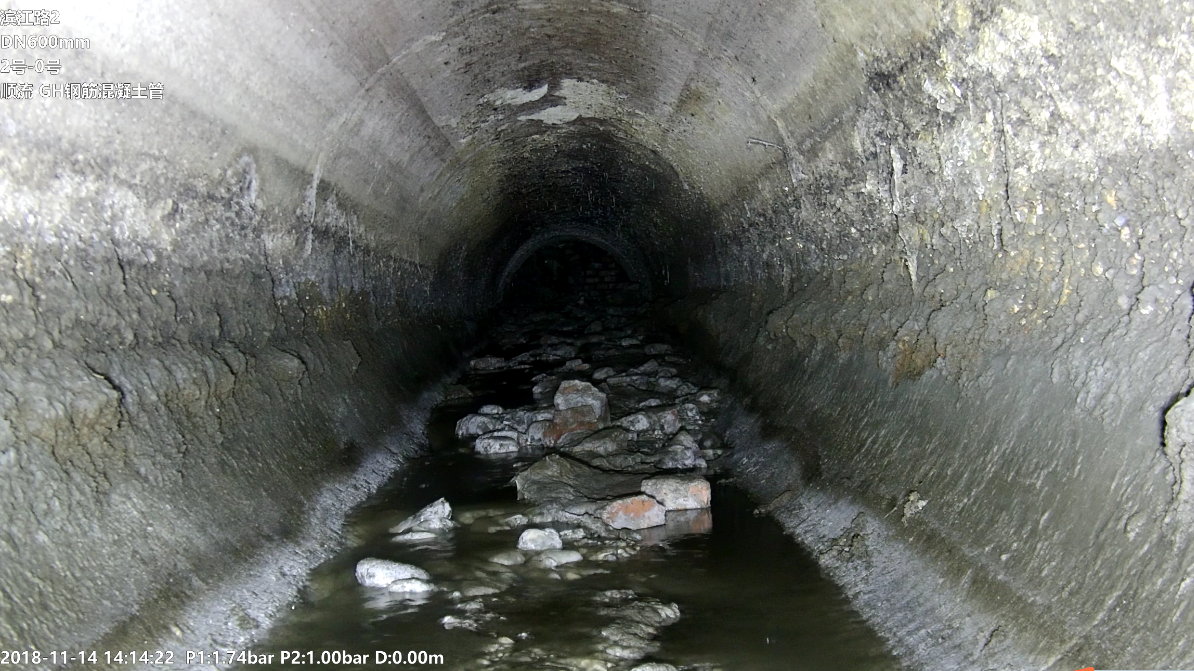 Going up to the riverside, about 5m pipelines are disjointed
Going up to the riverside, about 5m pipelines are disjointed
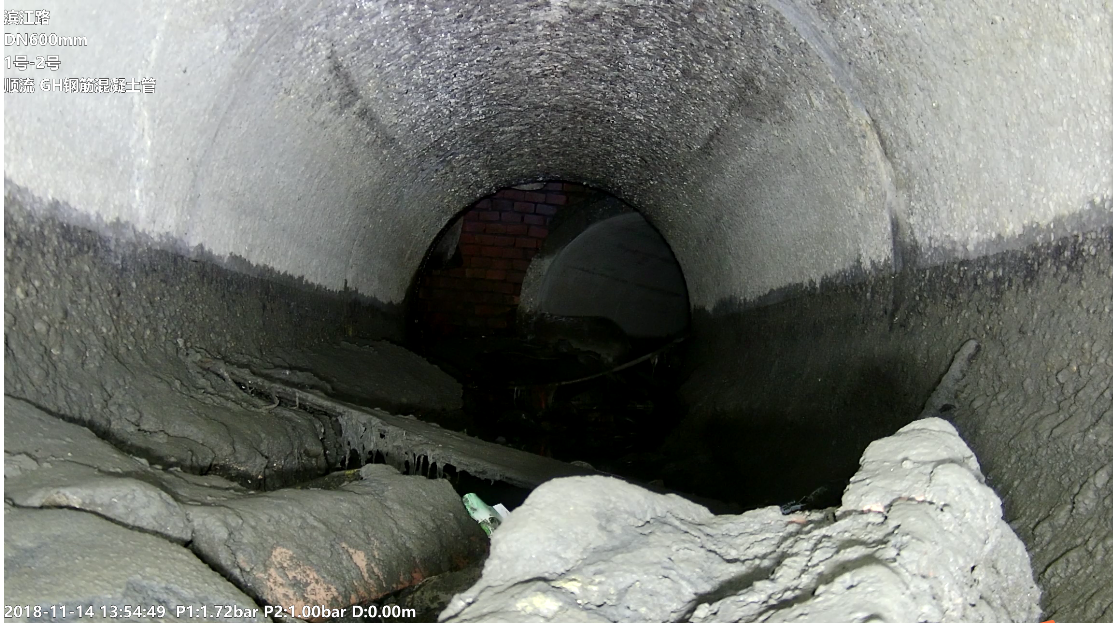 Detecting from upstream of collapsing place to the downstream, the water level rises in the position of about 80m and the pipeline is deformed
Detecting from upstream of collapsing place to the downstream, the water level rises in the position of about 80m and the pipeline is deformed
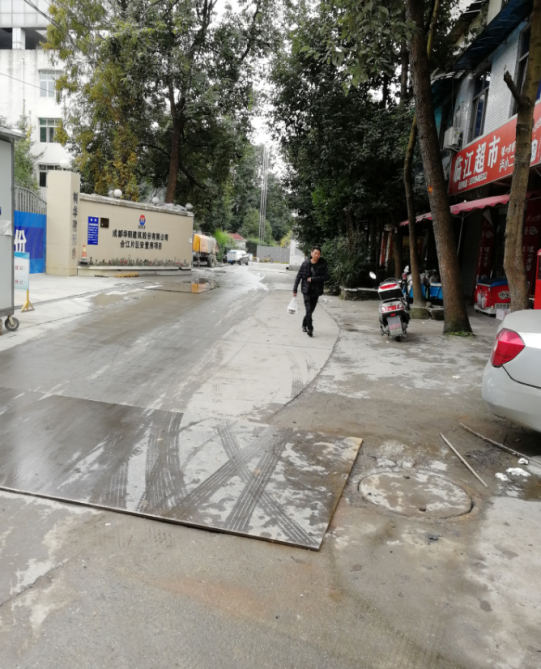
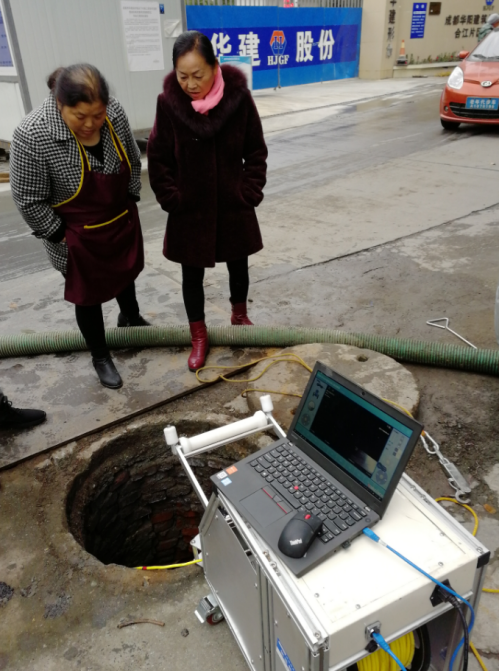
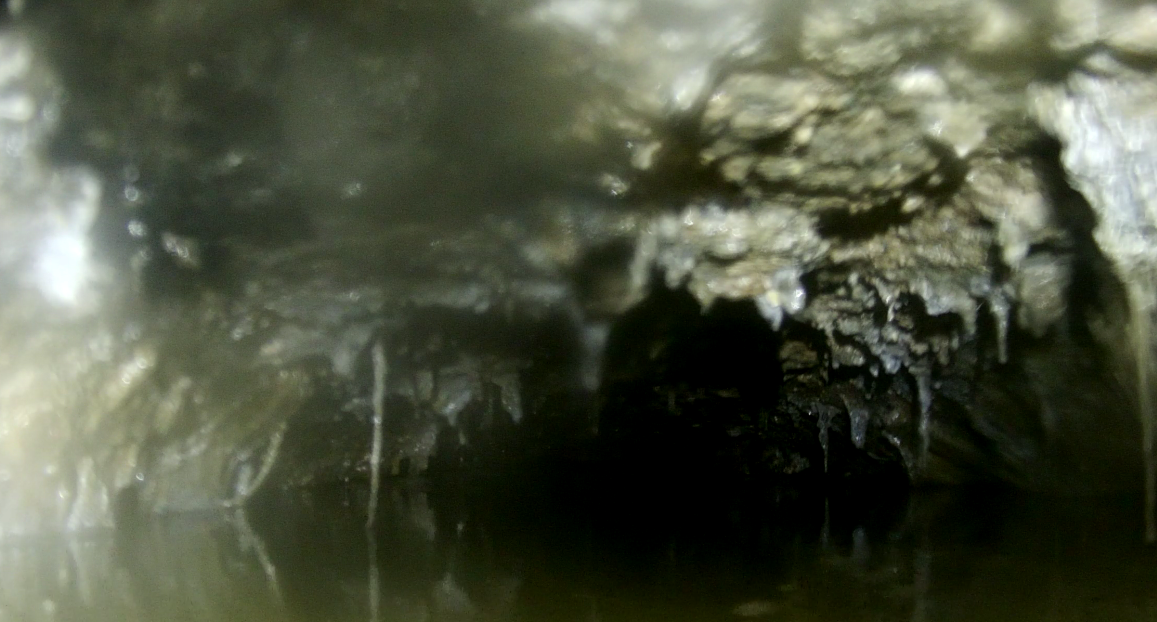 2. Guanghua Avenue – the sewage pipeline is blocked; detect the specific blockage position from downstream to upstream.
2. Guanghua Avenue – the sewage pipeline is blocked; detect the specific blockage position from downstream to upstream.
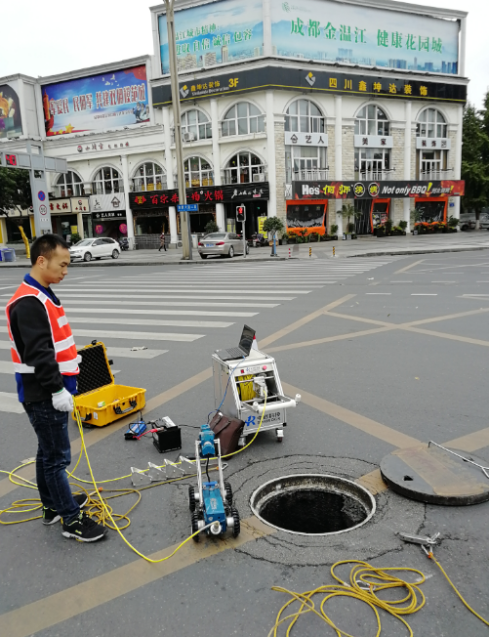
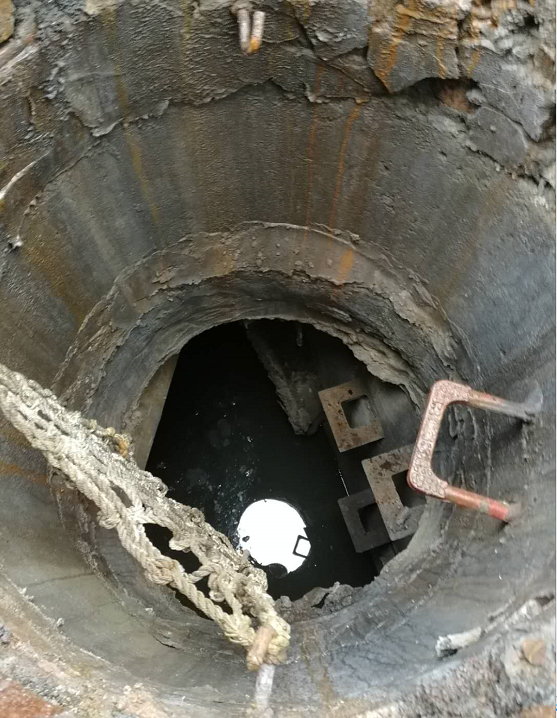 About 40m pipeline on the other side of the road is completely blocked.
About 40m pipeline on the other side of the road is completely blocked.
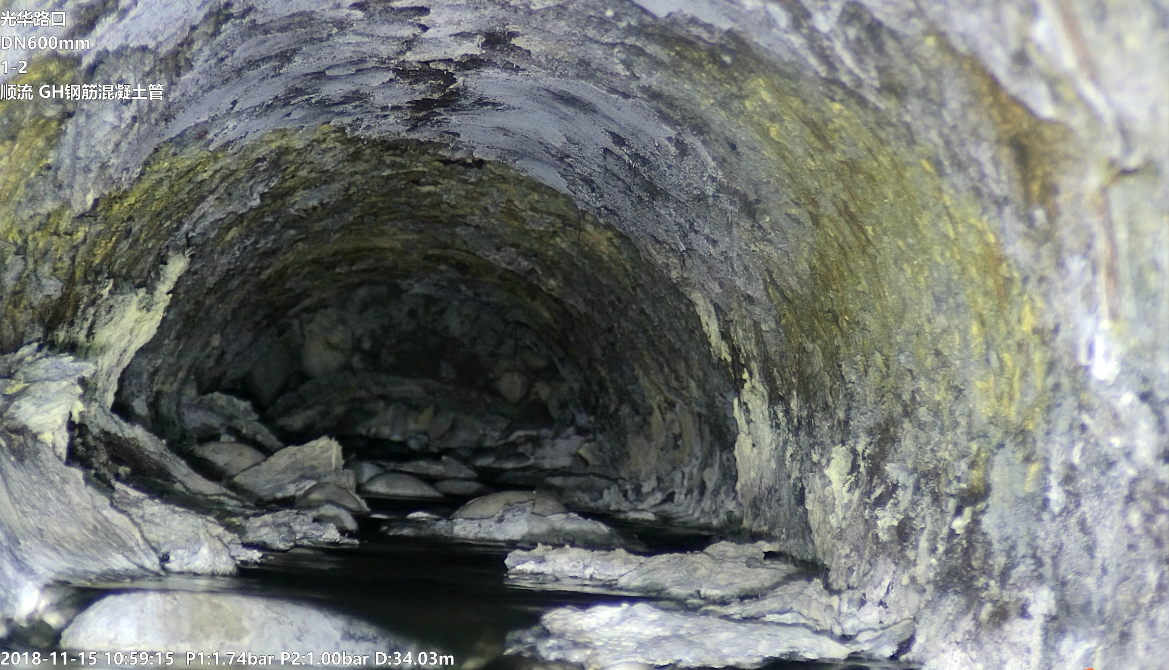
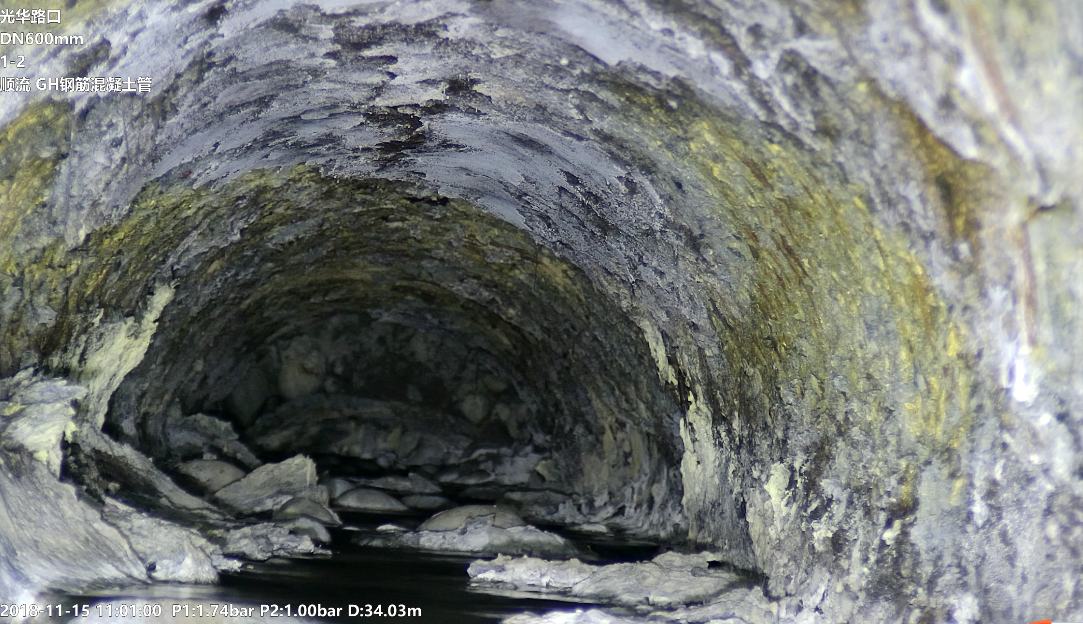 3. The municipal pipeline at the gate of Evergrande City Community is blocked.
3. The municipal pipeline at the gate of Evergrande City Community is blocked.
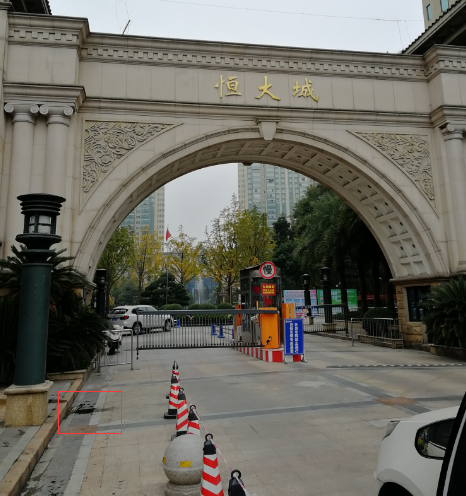
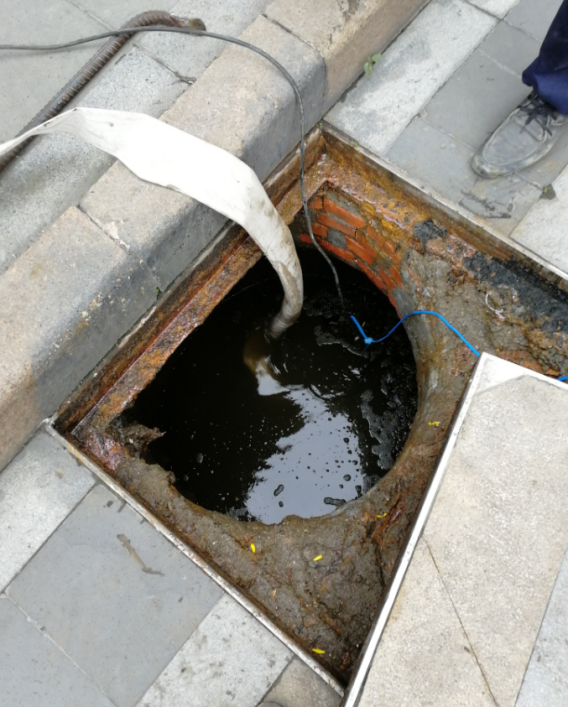 About 1m pipeline collapses and is completely blocked. About 20m pipeline from the opposite side is not blocked.
About 1m pipeline collapses and is completely blocked. About 20m pipeline from the opposite side is not blocked.
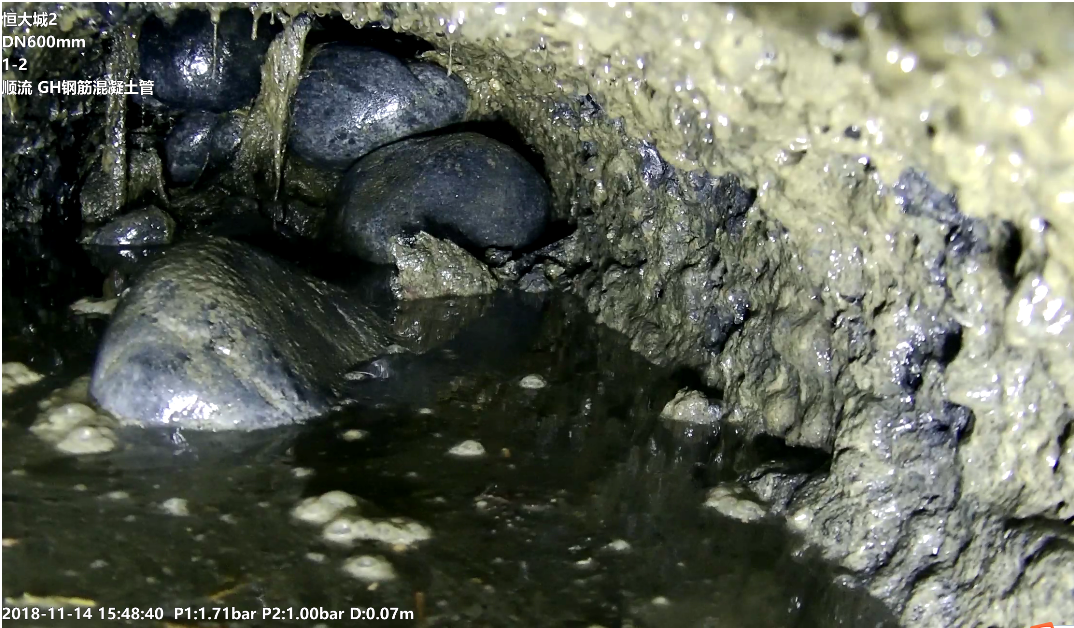 4. The green belt ground in Lijinggang Community collapses
4. The green belt ground in Lijinggang Community collapses
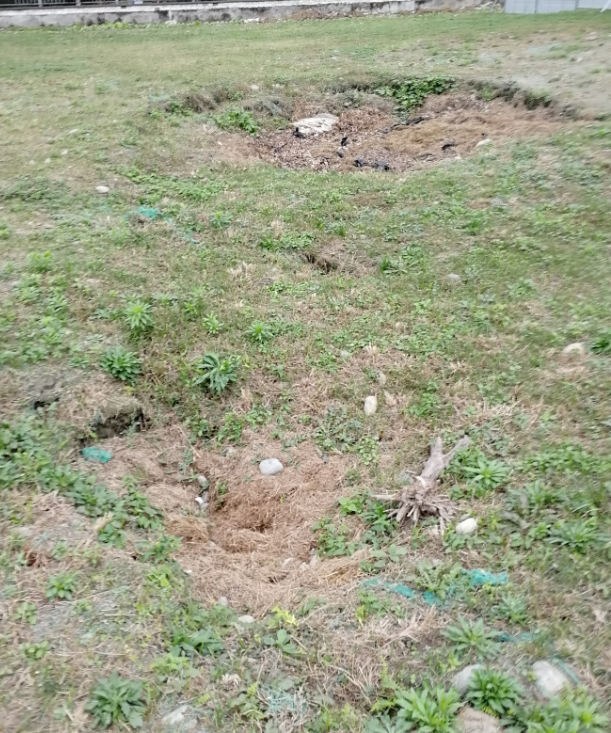
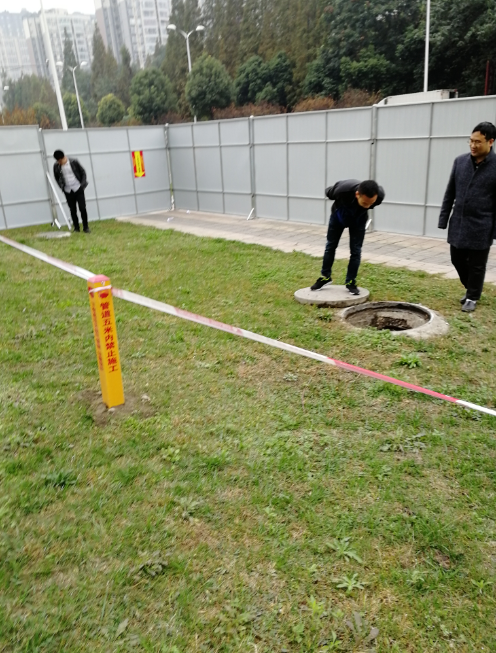
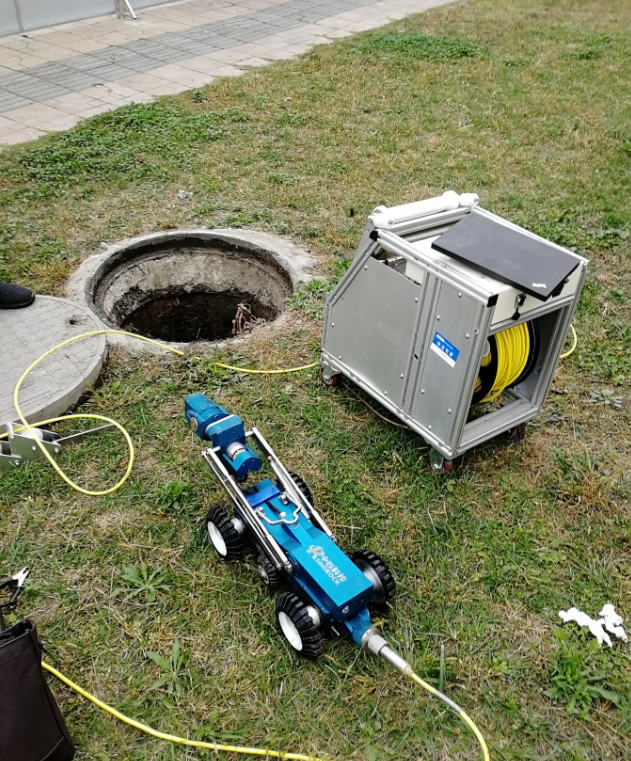 Due to too many stones, the robot fails to crawl, and through image zooming in and adjustment, it can be seen that the pipeline starts to collapse and is blocked in the position of about 10m.
Due to too many stones, the robot fails to crawl, and through image zooming in and adjustment, it can be seen that the pipeline starts to collapse and is blocked in the position of about 10m.
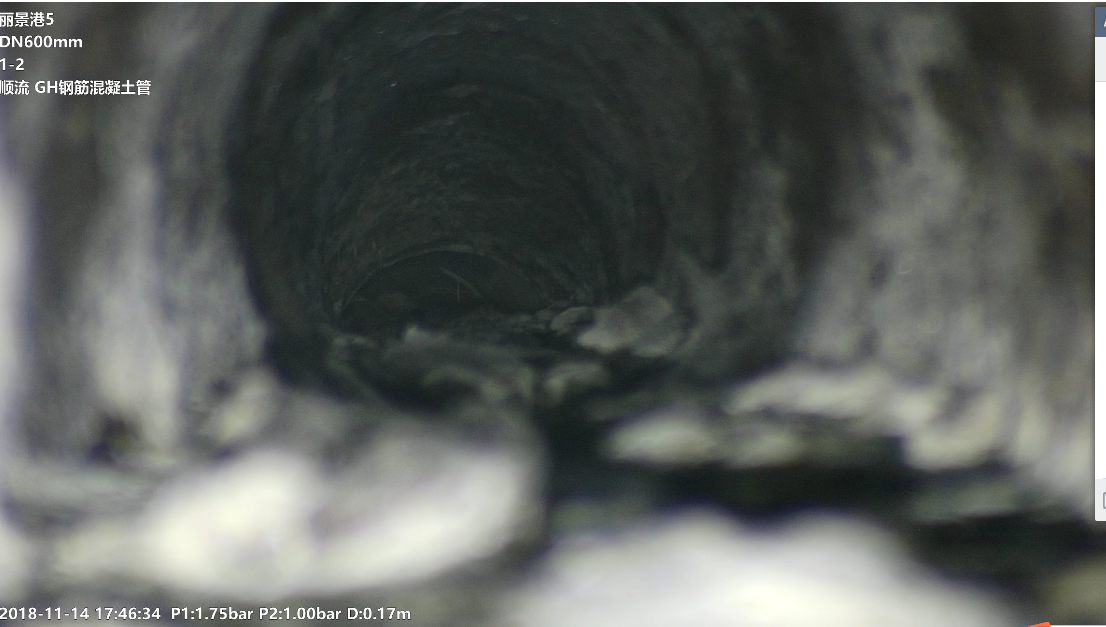
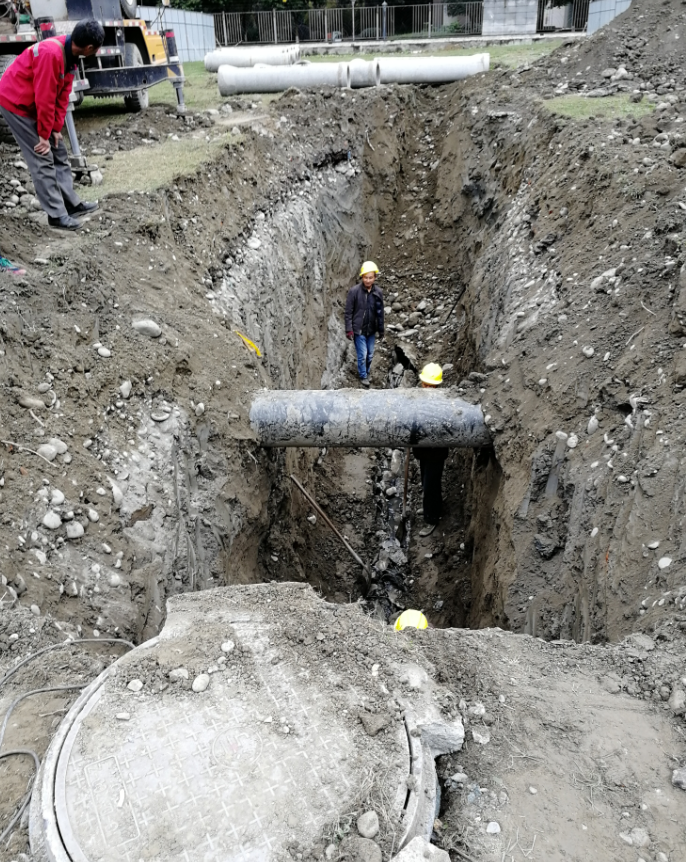
Subsequent Processing Picture
5. General survey of Tianxiang Road
Dirty and fetid water is found on the surface of Tianxiang Road, it might be because of sewage discharge, and general survey is conducted on the drainage pipelines in the area of several kilometers around.
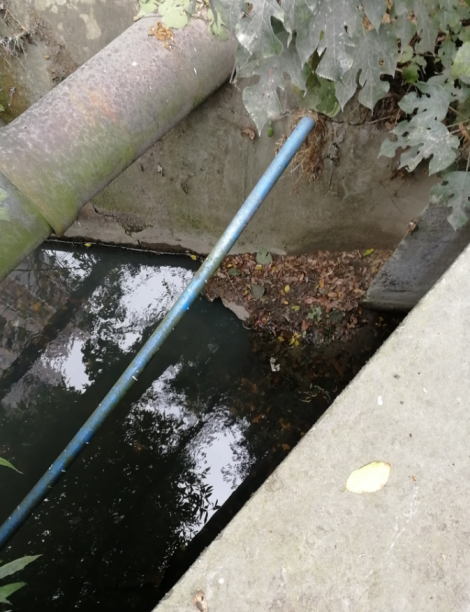 Natural Water
Natural Water
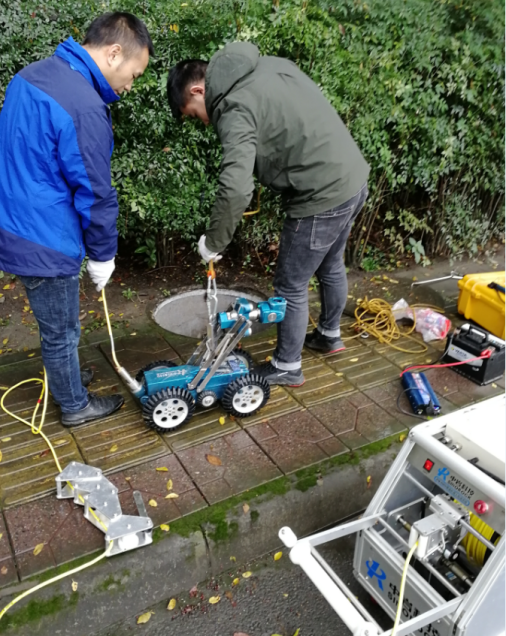
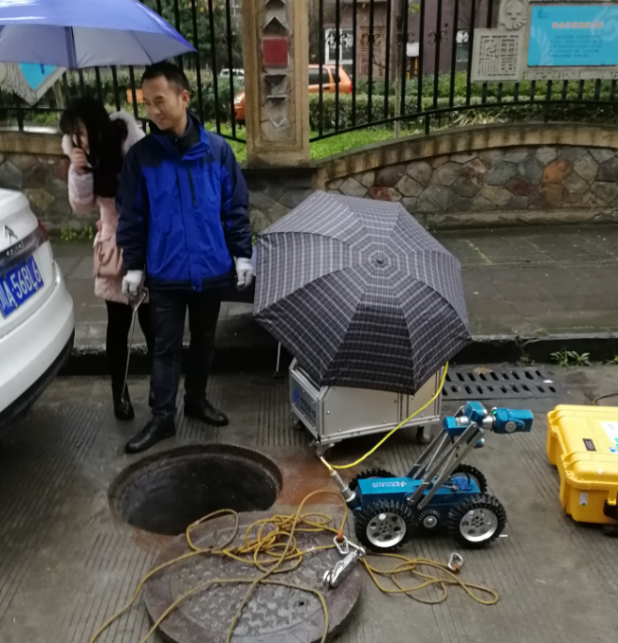
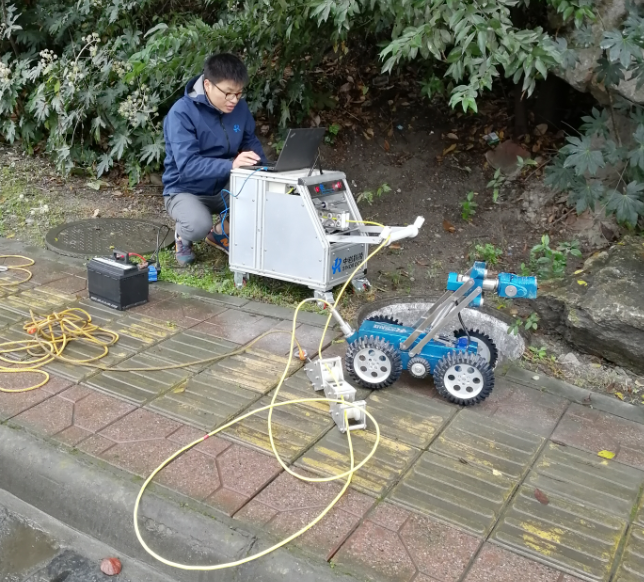
General Survey Picture of the Scene




























 Picture in the Pipeline
Picture in the Pipeline